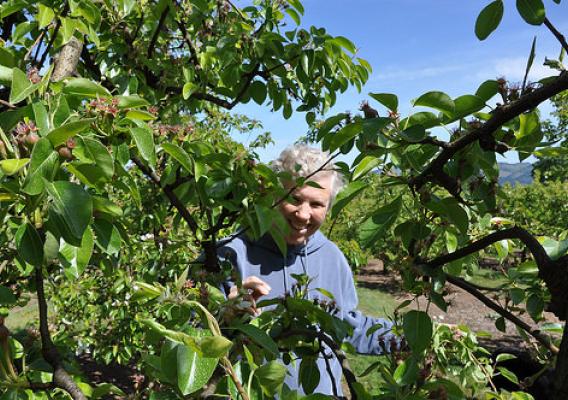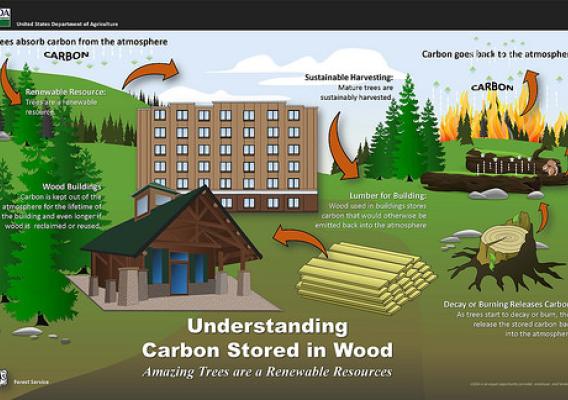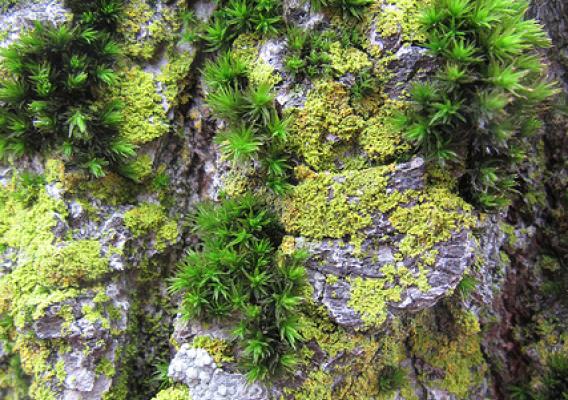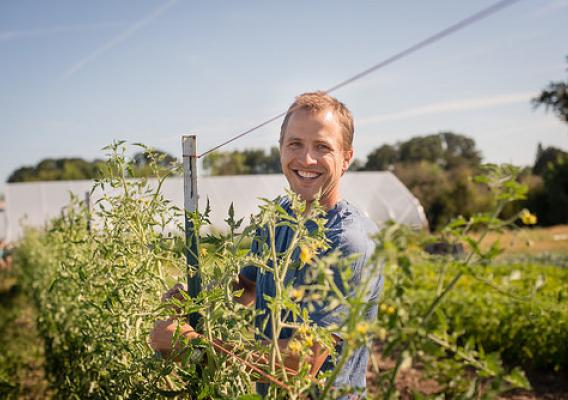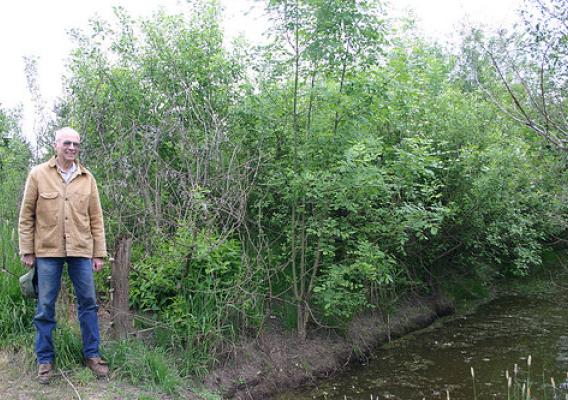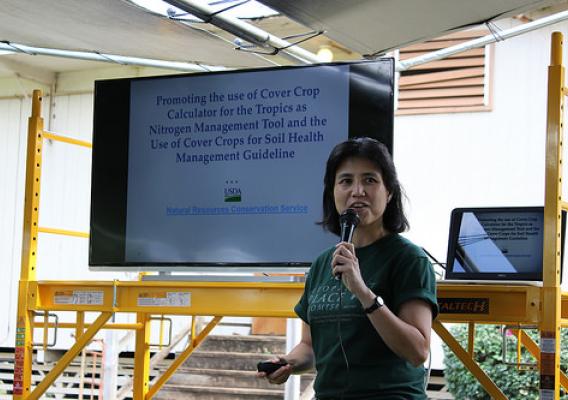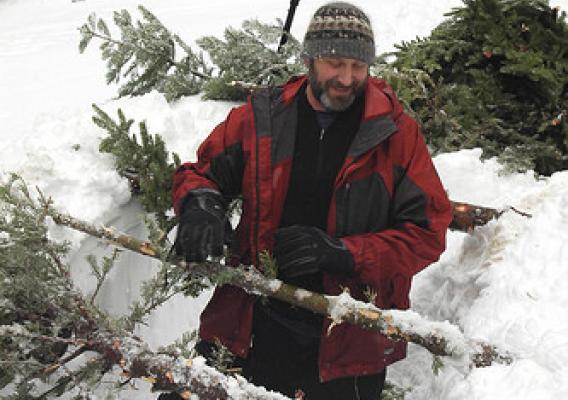Exports are vital to the growth of U.S. agriculture. Since 2000, around 20 percent of annual agricultural production in the United States has been exported. Still, it’s difficult to conceptualize the real impact of free trade agreements until you talk to the people who have directly benefitted from them. In April, I had the pleasure of meeting with a group of winegrowers from Oregon – among them Tom Gerrie, president of Cristom Vineyards in Salem, who was kind enough to share with me his personal experience in exporting.
Cristom Vineyards is a family-run craft winery producing around 15,000 cases of wine per year. Founded in 1992 by Gerrie’s father, Paul, the company decided that in order to build global brand recognition of Oregon’s fine wines, it would need to target high-end restaurants both in the United States and abroad. In 1994, it shipped its first cases to New York, Chicago, London and Tokyo. Since then, Cristom Vineyards has expanded its exports to 48 states and 18 countries, including South Korea. More than 15 percent of Cristom’s total sales now come from exports.

